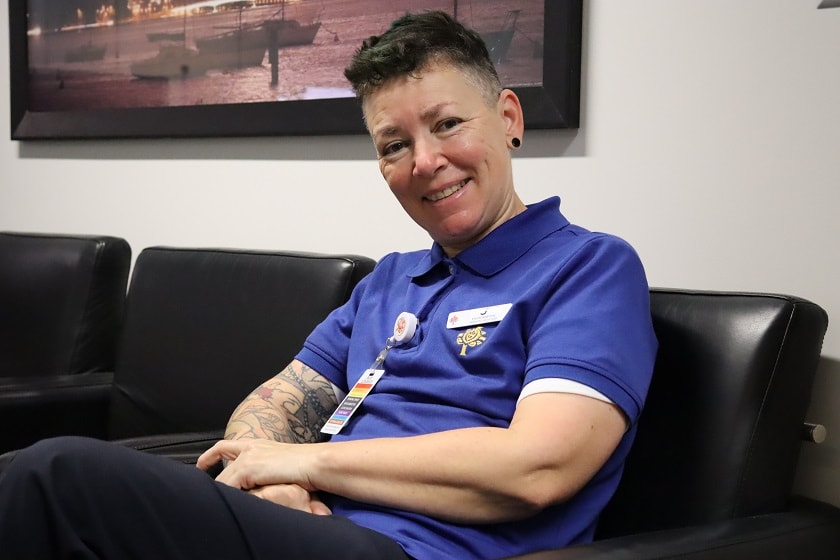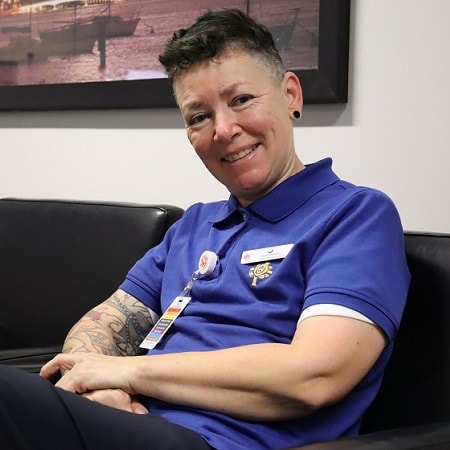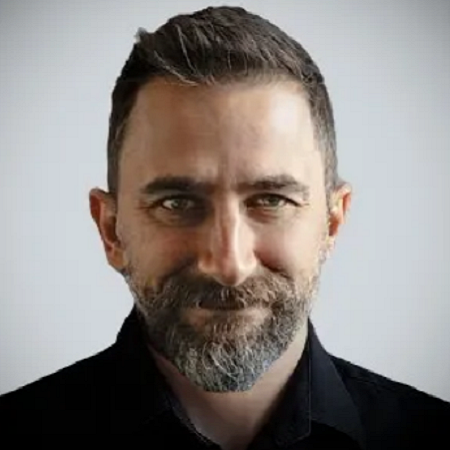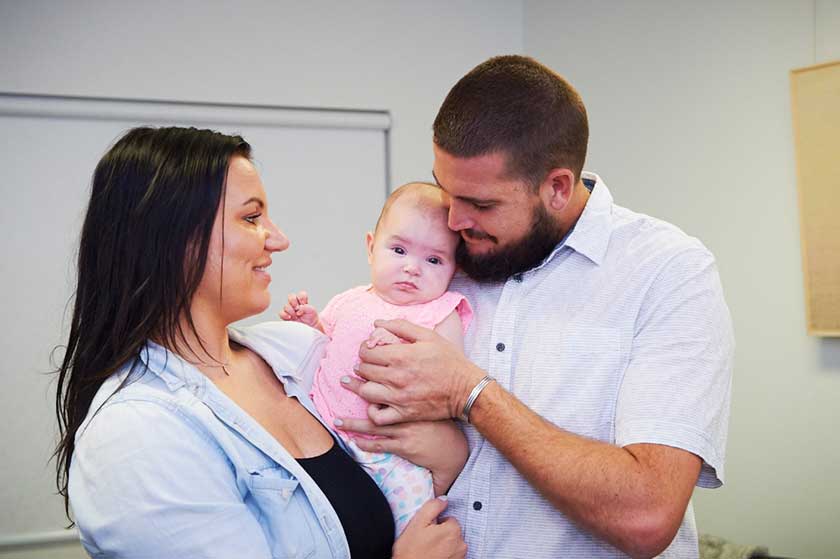Q: Do the terms gender and sex mean the same thing?
A: Not really but they are often conflated. Gender can be something you ‘do’ and ‘feel’ and links to your identity. Sex is your chromosomal make up and is your biology – usually xx (female) or xy (male).
Q: I sometimes see a box for ‘other’ on forms where I am asked for my sex or gender, what does this mean?
A: Some workplaces are making efforts to adapt identification labels on their forms to be more inclusive. Providing an option that does not force someone into one of two options (a sex/gender binary) is one reason why ‘other’ is used. Other non-binary options for gender might be, ‘not specified’ or ‘prefer not to say’.
Q: I am a polite and compassionate person; how do I have conversations about gender diversity in a respectful way?
A: Learning more about gender diversity can be fun and may expand your knowledge of your own sense of gender! You can learn a lot by attending gender diversity awareness training in the workplace. For example, you may learn new words like ‘cisgender’. A Cis-gendered person has gender that ‘matches’ their sex and fits into the social norm of a gender binary.
Q: I’ve heard that a colleague identifies as “non-binary”, should I ask them about this?
A: Think about why you want to ask, and what you want to ask. Is there something you can learn yourself before asking? For example, glossaries of gender terms are widely accessible on the internet. Labels like nonbinary, gender-diverse, gender non-normative or transgender, transsexual and trans, are also ways of living and experiencing the world – they are not just politically correct terms.
Question your interest and reflect if it is related to how you function well in your workplace. Unless you are a good friend of a gender-diverse person, avoid going straight to them and expecting them to teach you. Teaching cis-gendered people about gender is hard work, it can be risky and it can be situation sensitive. Check out some gender education resources, avoid putting your colleague on the spot.
Q: I don’t know much about terms regarding gender and sexuality. Should I find out more?
A: No not necessarily – learning about others and difference is a choice. If you are not threatened by gender diversity (or other forms of diversity) then you are probably a good candidate to be an ally for people who are marginalised at work. If you want to improve your knowledge about diversity and support people more specifically, you can learn a lot. It is up to you.
One thing to note is that some people who do their gender differently to the norm (non-normative), are often harmed by people or policies that are discriminatory or not inclusive.This can be subtle harm (often unintentional but nonetheless damaging), or more extreme (such as verbal abuse, hostility and violence). Gender harm is therefore something that it is valuable to learn about – we can all play a part in preventing harm.
Q: What is it like to experience discrimination based on gender non-normativity?
A: It can be demoralising, it is very common, it can erode a positive sense of self. It can also turn people into gender warriors who fight to improve the lives of trans people, non-binary people, gender “non-normatives” etc.
Q: Can non-normative gender discrimination happen at work?
A: Yes, for example having to wear uniform that does not match gender identification or being given an email address that uses a gendered name you do not use.
Gender fluid uniform packs!
Did you know: St John of God Health Care now allows caregivers to access both the female and male range in their allocation and can select the appropriate garment within their entitlement.
Q: I feel a bit nervous and unsure about having conversations to do with gender difference, why this is?
A: It’s quite normal to feel nervous if you’ve only ever thought about gender in fixed binary terms, and your own knowledge of gender is being challenged. Unless you mean to hurt someone, you likely won’t, and if you do, apologise and move on. If the desire to be ‘appropriate’ causes you stress, try to relax and be yourself. People who are gender-diverse are not a different species – all
people appreciate honesty, and we all know what it’s like to put a foot in our mouth at times. Rudeness is avoided by taking genuine care with communication and following the St John of God Health Care core values.
Q: I’ve heard that there’s an issue about pronouns. What are they and what’s the issue?
A: Pronouns are words used to describe a person by their gender. If, for example, you are a cis-gendered woman, you may have no problem with being referred to as ‘she’ or ‘her’. Likewise a cis-gendered man with ‘he’/ ‘his’. Some trans people or non-binary people may feel very uncomfortable by being referred to by the wrong pronoun, hence ‘they’ and ‘them’ and ‘their’ have become quite
common as a ‘gender opt out’ – this is called being gender-neutral. Other gender-neutral pronouns are ze, zhe, hir, and there are others. Some people have gender neutral names to avoid the discomfort of gender attribution.
Q: I accept that some colleagues, or patients or clients, may experience gender in a fulsome way. I’m all for others doing their own thing. Is this naïve?
A: No, it is generous to think of a wonderment to gender. It is sophisticated to think of a gender spectrum and to think about what fluid gender might be like. Gender stability does not mean a lack of appreciation for the gender spectrum. Many people including transgendered or transsexual people, also prefer a stable gender and utilise the gender binary while being accepting of a spectrum that others may position themselves on.
Q: How can we support and celebrate gender diversity in our caregiver and consumer group?
A: There are many ways. Let’s scope the terrain!
- Assess what we currently do
- Make recommendations where change can be implemented
- Awareness training for all caregivers
- A hospital-wide Ally program
- Follow the example of other organisations that have achieved excellence in diversity support
- Integration of diversity support programs across departments
Managing gender diverse patients
Patients can choose intersex or non-binary (male and female) and can also select ‘identifies as (gender)’ on the online admission portal. This info will then transfer to the admission details, wristbands and patient board and you must refer to them by the title they have specified. Remember! The legal name of the patient must be recorded on webpas as we can only gain consent under their legal name. If they have not legally changed their name, you should record the legal name then use their preferred name in brackets.
Need help or want more info?
Visit gendercentre.org.au








